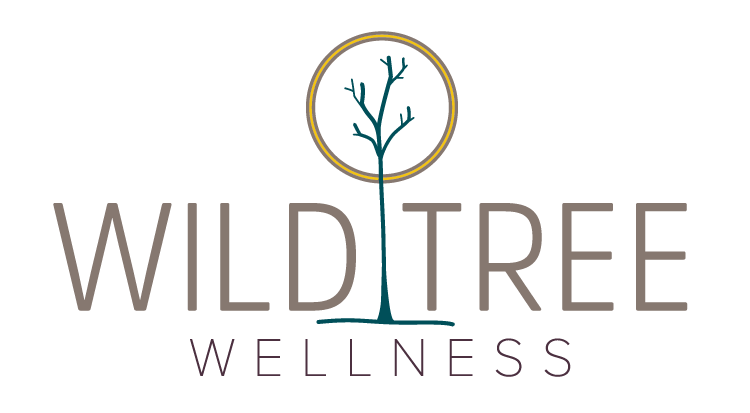Supporting Your Child Through Intense Behaviors and Emotions
I love talking about the brain in my work. It’s a great way to gain empathy for both ourselves and others. When we can find this empathy, things seem to lighten.
I often reference Dr. Becky Bailey who developed Conscious Discipline. She uses a straightforward model when talking about the brain, which she explains as “a neurodevelopmental model that focuses on internal states first and behavior second.”
Our brains function from the bottom up. If you look at the picture below, you’ll see that the red part — the brain stem — is the survival state. What does a child (or adult!) look like when they are in their survival state? Maybe they are running away, punching, kicking, or completely overwhelmed and shut down. You may have heard of the fight/flight or freeze response?
What do children need when they are in this state? Safety. They are asking “Am I safe?” According to Dr. Becky, “The only way to soothe the survival state is through the creation of safety.”
We often try to simply stop the behavior, but this usually doesn’t work. When we’re with others who are in this survival state — and if not conscious of our own states — we can often match where that other person is.
So, once you’ve intentionally provided safety to the child — maybe you’ve used comforting words, a calm voice, or you were quiet with non-threatening body language — what’s next? Connection.
But what does that look like? Try validation and/or naming of their emotion(s), saying “I’m here” or perhaps giving a gentle back rub or a hug.
Once a child feels safe and connected, they are then able to move up into their executive state, their prefrontal lobes. It is here that they are able to learn and problem solve.
Conscious Discipline is an adult-first model and probably a shift from how most of us were raised. It requires that the grownup is conscious of their own brain state first. An adult in their emotional or survival state will not be able to help a child get into that green executive state without getting themselves there first (think of how on a plane, they tell you to put your oxygen mask on first before helping others).

Photo by: Anete Lusina from Pexels
